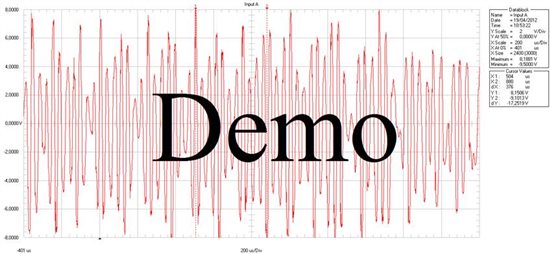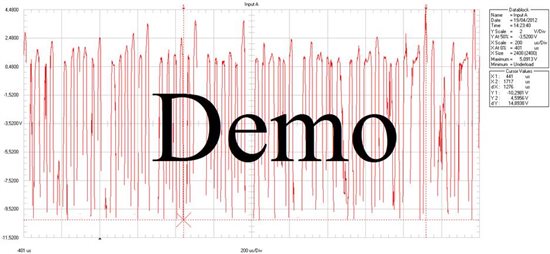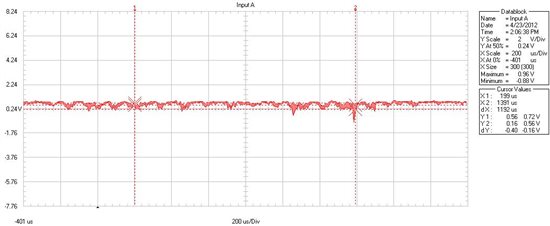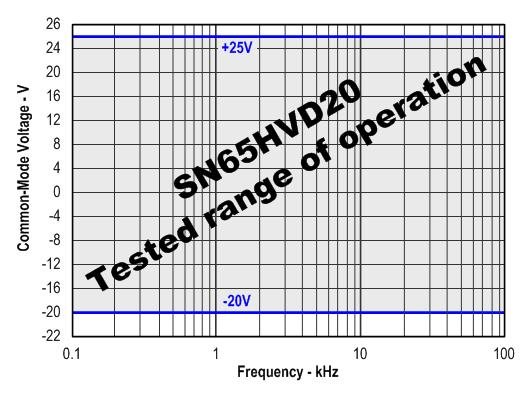I would appreciate some help from you regarding the following issue:
We have performed an analysis of the communication buses through a Moxa MGate COM1 and COM2. I attach the signal in common mode registered, this is not a punctual case but the disturbances are continuous. As you can see, there are voltage peaks of -9V and +8V with frequencies of more than 40kHz. We have detected at least one burned component per RS485 port: the transceiver SN65HVD20. Our objective is to be able to prove our client that the transceivers are manufactured under industrial standards and this is an abnormal disturbance capable of burning the SMD’s. Do you have any study that tests the SN65HVD20 under extreme voltages and frequencies such as the ones registered?
I appreciate your help. Thanks in advance. Julio.







